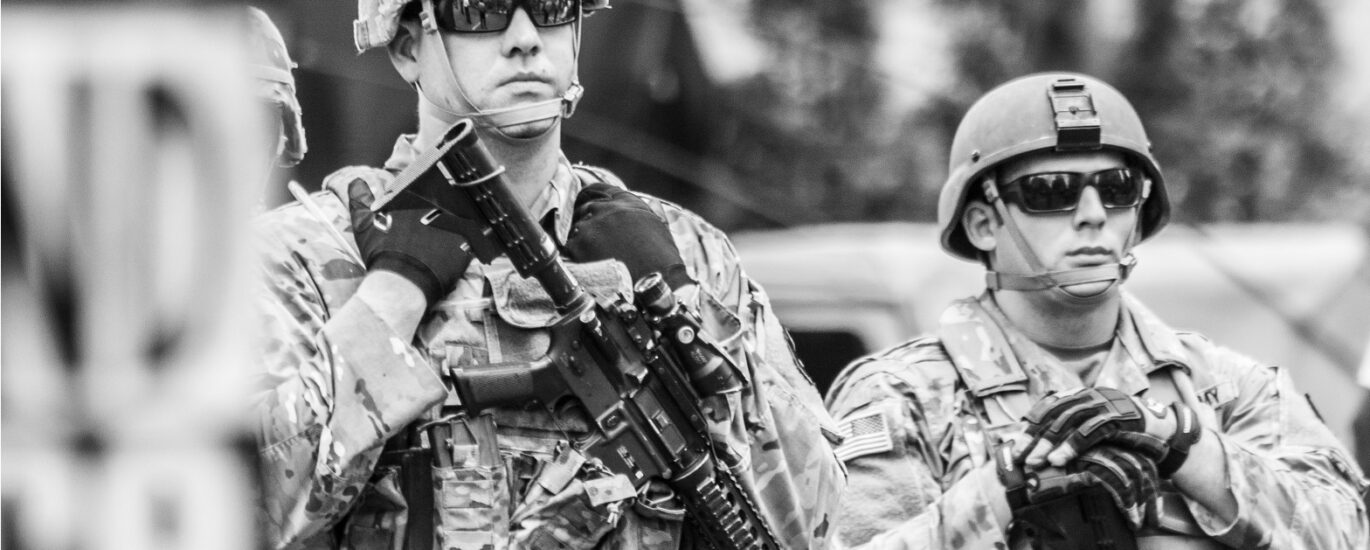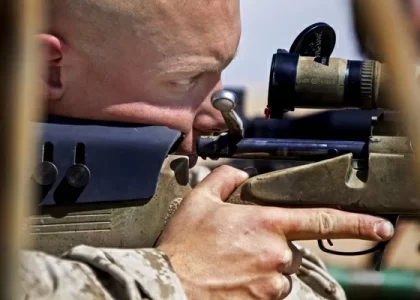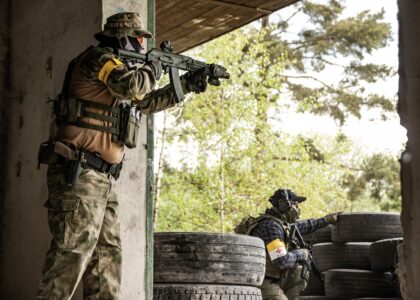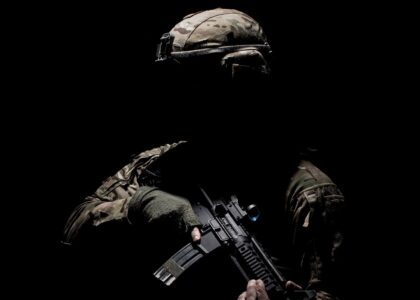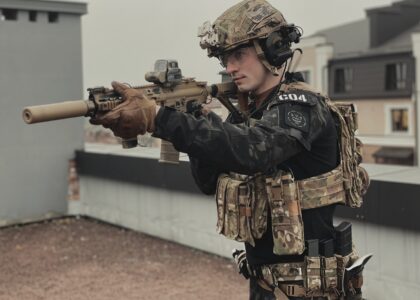Body armor has become a necessity in the modern world, especially for those working in law enforcement or the military. Level III+ body armor is currently the standard for many agencies and units. To achieve optimal performance, it is crucial to achieve the perfect balance in the design. In this blog post, we will explore the key factors that contribute to the balance of level iii+ body armor design.
Material Selection
Selecting the right material is one of the most important aspects of level III+ body armor design. The chosen material should be well-balanced between weight and protection capabilities. Advanced materials like UHMWPE (Ultra High Molecular Weight Polyethylene) are known for their exceptional ballistic resistance and lightweight characteristics. However, materials like steel offer the highest level of protection but can be bulkier and heavier. Body armor that balances both weight and protection capabilities is essential for optimal performance.
Plate Thickness
Another key factor in body armor design is plate thickness. Level III+ body armor is designed to protect against armor-piercing rounds and high-velocity ammunition, so thicker plates are necessary to ensure protection. However, thicker plates can also result in heavier armor and reduced mobility. The important factor is finding the right balance between thickness and mobility.
Backface Deformation
Backface deformation is an important aspect to consider when designing body armor. It refers to the impact of the bullet on the body armor and the resulting damage to the wearer. Minimizing backface deformation is crucial to reduce the risk of injury while wearing body armor. Properly designed body armor with reduced backface deformation ensures that the wearer can continue to move and fight, even after being hit by a bullet.
Number of Plates
To achieve optimal balance, it’s also essential to consider the number of plates in the design. While using a single plate may reduce weight and offer greater mobility, using multiple plates can enhance the level of protection and distribute the weight evenly across the body. The number of plates must be chosen carefully, keeping the weight and protection balance in mind.
Ergonomic Design
Finally, the ergonomic design of the body armor is essential to ensure optimal balance. Properly designed body armor distributes weight evenly across the body, reducing fatigue and improving mobility. Ergonomic design can be challenging, especially when balancing protection and mobility requirements, but it is a crucial aspect of level III+ body armor design.
Achieving the perfect balance in level III+ body armor design is a complex process that involves balancing several key factors. An optimal design must strike a balance between weight and protection capabilities, plate thickness, backface deformation, number of plates, and ergonomic design. Achieving the right balance ensures that body armor performs optimally, reducing the risk of injury or death. As an important piece of protective gear, it is essential to invest in body armor that is properly designed for optimal balance and protection.
For more great articles, please click here.

